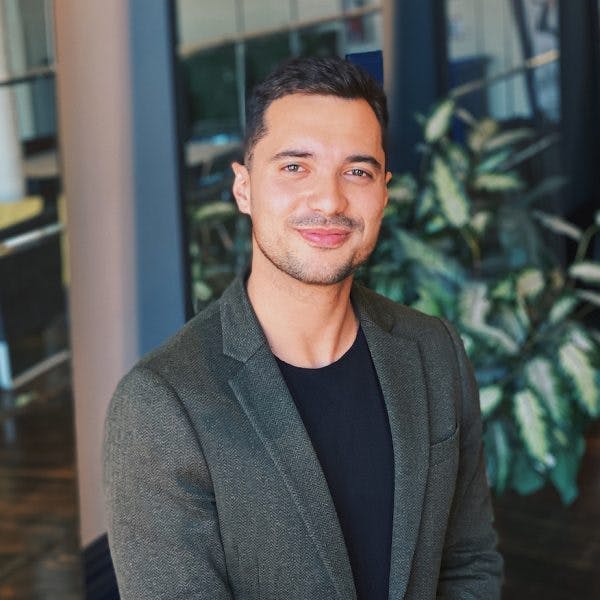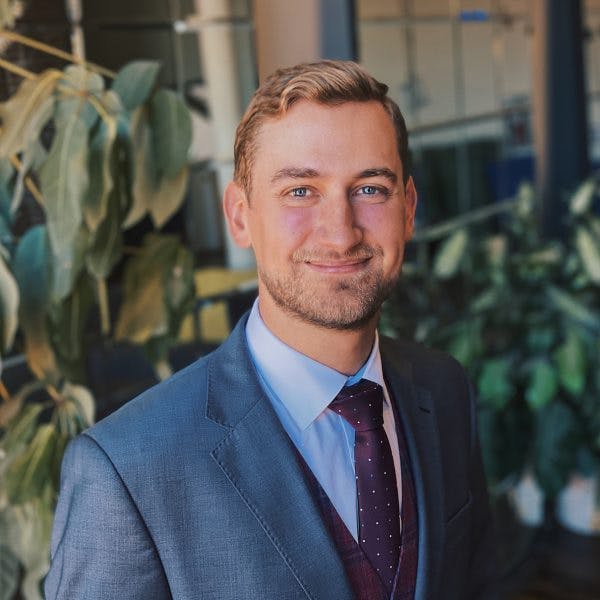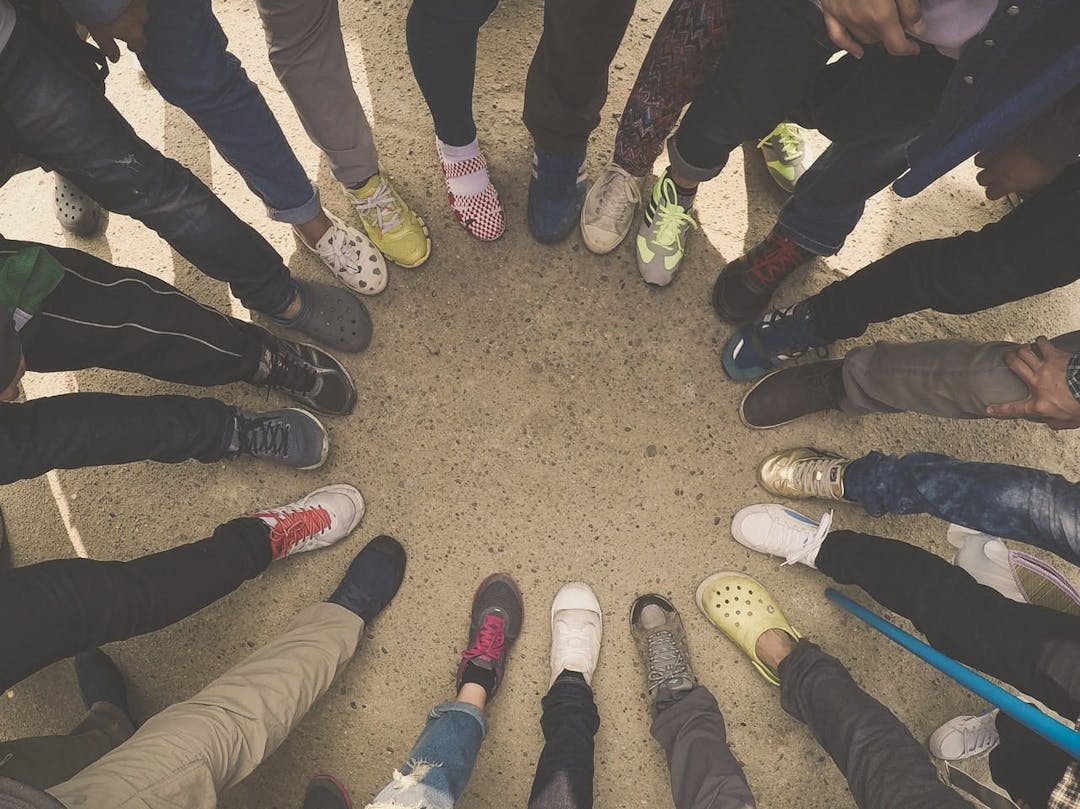TDL Perspectives: Encouraging Social Justice With Behavioral Science
Sekoul Krastev, a managing director at The Decision Lab, sits down with Dr. Brooke Struck, our research director, to discuss his vision for the organizational goal of bringing about social justice achievements through behavioral science. Some topics discussed include:
- Trying to define social justice and its importance
- How culture impacts efforts towards social justice
- The behavioral science pitfalls that hinder social justice
- The assumptions of most people who are uninitiated in behavioral science
- The struggle of de-biasing training and the effectiveness of educating about non-rational behavior
- Recognizing the neoliberal tendencies of behavioral solutions, and crafting ideas about how to circumvent them
- Research-based opportunities to improve efforts towards equity
- A sketch of behavioral science policy for social justice
- The benefits of behavioral science in the face of how challenging it is to address systemic issues
Sekoul: Thanks for sitting down with me Brooke. I want to begin our discussion by asking you to give a tentative definition of social justice.
Brooke: I would define social justice as the fair distribution of opportunities—and probably outcomes, perhaps to a lower degree—across society, at the individual and group levels. These resources should be fair along various dimensions, including health, wealth, education, power, and various dimensions of rights. At a minimum, this means a fair distribution of opportunities, such that one individual has the same opportunities as any other, all other things being equal.
Sekoul: Why do you think that fair distribution is important?
Brooke: Other than the moral imperative that things ought to be fair, which is probably the most important reason, there are other dimensions as well. One that comes to mind is the stability of society. If there is a shared perception of unfairness, the status quo is threatened. This is not to say that resources and opportunities must be equally divided. The way that resources and opportunities are divided, however, must reflect how most people believe it ought to be. That will determine how stable the society is. A state of general fairness will engender support for the status quo. Whereas, when there is a broad sense of inequality, there will be unrest and the status quo will be unstable. This, in my opinion, can lead to revolution.
Sekoul: Is there a unified wisdom about how to achieve social justice?
Brooke: I’m not sure there is a unified wisdom about that; in fact, it’s very culturally specific. The value placed on equality of outcome or opportunity varies significantly between cultures. In a Western context, we like to think that we have certain inalienable rights. Other groups still don’t agree with that idea of broad-based equality. For instance, Thomas Piketty, in Capital and Ideology, discusses the emergence of property rights. Property rights are something that typically in the West we consider to be universal. Everyone has an equal right to own things. Previously, that was not the case. And even the concept of property around the world differs from one culture to the next.
This idea of universal human rights, for instance, assumes an equality of all humans with all others, which is, itself, a cultural artifact. It’s an outcome of our history that we believe, to borrow the famous words, that “all men are created equal,” which is not necessarily a given. Human biology is not hardwired to affirm universal equality, rather, it is only one of many possible cultural outcomes.
Sekoul: What behavioral science pitfalls do you think might exist in our society in the West, or at least in North America, let’s say, that would prevent social justice?
Brooke: First, people expect that they have a great deal more control over their own preferences and experiences than they actually do. And one of the ways in which behavioral science gets pulled into that is something like unconscious bias training. Unconscious bias training relies on the tacit assumption that once someone has explicitly learned about a bias, they will be able to overcome it because they are aware of its effect. There’s good evidence to suggest that we should not have that much faith in the power of our conscious mind to affect the subconscious infrastructure on which consciousness is built.
Behavioral Science, Democratized
We make 35,000 decisions each day, often in environments that aren’t conducive to making sound choices.
At TDL, we work with organizations in the public and private sectors—from new startups, to governments, to established players like the Gates Foundation—to debias decision-making and create better outcomes for everyone.
The AI Governance Challenge
Nonetheless, there is value in being able to acknowledge biases after the fact. It may not prevent falling prey to the bias in the moment; however, acknowledging its effect after the fact may still raise awareness and, as a result, help with advocating for action to negate its effect in the future. Perhaps that means increasing support for nudge policy, etc.
Sekoul: Right, that’s an interesting insight. What do you think some opportunities afforded by behavioral science might be in regards to pursuing social justice?
Brooke: Behavioral science has this myth, that once you know about it, you’ll be able to overcome it. There is research that actually points us in a different direction, which is that in those cases where we do recognize that our subconscious biases contribute to perpetuating injustice, even if just raising it to conscious awareness is not enough, there are other things that we can do. We should not rely on our intuitions and on our tacit judgments in cases where those can be demonstrably shown to be problematic.
However, other than our intuitive judgments, there are many solutions. One, we can cut off sources of information that tend to feed our unconscious biases. For instance, removing names and photographs from CVs in a hiring process can help to overcome some biases related to race and gender. However, that also tends to only get at one of the more superficially visible sources of unconscious bias.
For instance, there is good research demonstrating that inequality runs much deeper than just your name and your face, inequality probably runs as far as not necessarily determining (but at least influencing) the kinds of schools that you went to, the kinds of networks that you have, the kinds of professional experiences where you have had to demonstrate your capabilities. All of those kinds of things go well beyond just the name or the photo that you might put on your CV. They’ll be threaded throughout all of the lines on your CV. They will be woven deep into its tapestry. It’s not as easy to simply remove the label and assume that the product will be judged fairly without it.
Sekoul: Thinking about instances where behavioral science might’ve been used to increase social justice or make it more likely, what do you think some of the failures of behavioral science might be? Some of the pitfalls?
Brooke: One of the great sales propositions for behavioral insights is that they’re supposed to be quick and dirty, and cheap. Those kinds of arguments are very attractive because everyone’s looking for inexpensive solutions. But the flip side of those arguments is that behavioral science offers solutions without challenging more deep-seated facets of the system. It’s been criticized for being neoliberal in this sense that, to go back to the analogy I was using before, all we ever change is the labeling. We never actually change the product.
That’s one of the ways that behavioral science has managed to sell itself, that just by changing the label, you can get dramatically better performance from your product. But that has allowed the product itself to remain unchanged. That has allowed the problematic features of the system to go unchallenged, all while people get to pat themselves on the back for thinking that they are actually moving forward on key files.
The unconscious bias training is a perfect example of that. For want of a better way to put it, people were sold on the idea that a training seminar would stop the proliferation of biases that perpetuate inequalities. Because of these kinds of workshops, people felt that they were doing something about these inequalities, when actually many of their actions were nearly inconsequential.
Sekoul: If you’re a policymaker looking to the behavioral sciences in order to design new policies within the limited budget, how would you start to use techniques from that field to increase social justice?
Brooke: I think the way that a lot of those conversations have started up until now is to say here’s a cheap, quick, and effective way that we can make gains on inequality. But we need to be more aggressive than that, I think.
The Decision Lab openly acknowledges that social justice has to do with the distribution of benefits within society, and it is never going to be a painless exercise to recalibrate those distributions. It’s going to be hard and we have to stop trying to sell it as though it won’t be, because substituting hard choices with easy ones is rarely rewarding in the long run.
Sekoul: How, then, is behavioral science relevant to effectively pursuing social justice?
Brooke: We cannot sell social inequality as something that is easy to fix through behavioral science. What we can do is pitch the effectiveness of behavioral science solutions. If we are going to be making hard choices about where to allocate resources and about how to recalibrate social distributions, we need to put ourselves in the best position for those hard choices to succeed.
The decisions, regardless of who is choosing, are never easy; however, you want them to work. That is where behavioral science has its real value proposition. You’re going to be in a situation where you have very, very difficult choices to make. We can help increase the chances of success, even without offering to make it less painful.
About the Authors
Dr. Sekoul Krastev
Sekoul is a Co-Founder and Managing Director at The Decision Lab. He is a bestselling author of Intention - a book he wrote with Wiley on the mindful application of behavioral science in organizations. A decision scientist with a PhD in Decision Neuroscience from McGill University, Sekoul's work has been featured in peer-reviewed journals and has been presented at conferences around the world. Sekoul previously advised management on innovation and engagement strategy at The Boston Consulting Group as well as on online media strategy at Google. He has a deep interest in the applications of behavioral science to new technology and has published on these topics in places such as the Huffington Post and Strategy & Business.
Dr. Brooke Struck
Dr. Brooke Struck is the Research Director at The Decision Lab. He is an internationally recognized voice in applied behavioural science, representing TDL’s work in outlets such as Forbes, Vox, Huffington Post and Bloomberg, as well as Canadian venues such as the Globe & Mail, CBC and Global Media. Dr. Struck hosts TDL’s podcast “The Decision Corner” and speaks regularly to practicing professionals in industries from finance to health & wellbeing to tech & AI.




